Who invented television? Moreover, was the invention of television made by imagining what it would evolve into? In this article, where we share information about the invention of television, you will witness the processes that took place until it evolved into television as we know it today.
With the emergence of media in America in the 40s and 50s, the world would become a much smaller place. Events occurring anywhere in the world would instantly reach the masses. The emergence of color televisions in the 60s, the transition to cable broadcasting in the 70s, and the transition to high-definition broadcasts in the late 90s. Now, information and images could be transmitted instantly to thousands of kilometers away via live broadcasts.
The invention and development of television would not be limited only to the development of media and globalization. It would be the trigger for a development much more gigantic than itself. Because the world was now a global world. It had to offer stronger communication beyond the transmission of image and sound. Television; It was one of the factors that made it easier for mobile phones, laptops, tablets and other smart devices to enter our lives.
Let’s get to the subject of this article: Who invented this television, which is perhaps the ancestor of all our video devices, from our mobile phones to our computers, and when? Or who contributed to its invention and in what way?
Contributions of Morse and Graham Bell to the Invention of Television
In fact, the invention of television is too detailed to be attributed to a single person. Samuel FB Morse, who developed the telegraph by converting messages into “beep” sounds with wires in the 1830s and 1840s, and Graham Bell, who developed the telephone to transmit sounds to long distances via cables, are among the names that contributed to the invention of television.
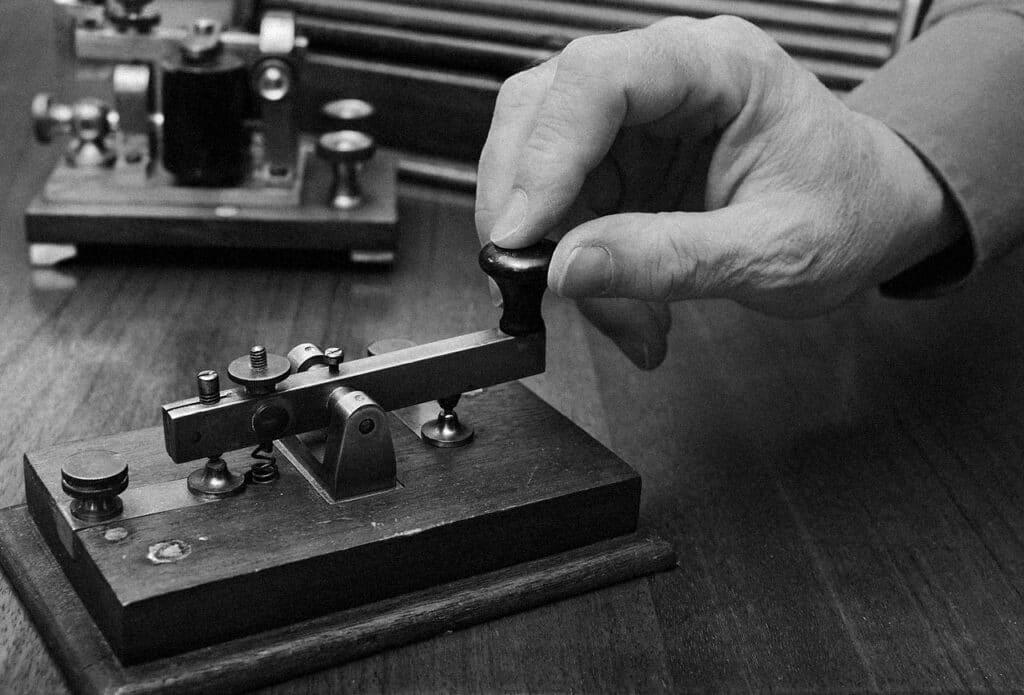
Electronical Telescope, Nipkow Disc
Invented by Paul Gottlieb Nipkow in 1884; In Nipkow’s words, the “electronic telescope”, which allowed images to be sent with the help of rotating disks and wires, was the first example of mechanical television. Disks called Nipkow Disks were used until the 1940s, when they were replaced by fully electronic systems.
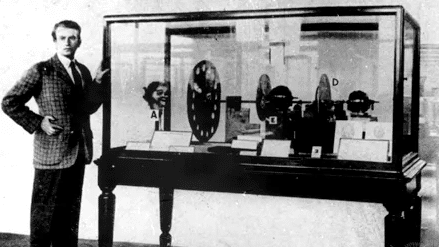
Mechanical Television and CRT (Cathore Ray Tube)
In the early 1900s, Boris Rosing and Alan Archibald Campbell-Swinton worked to improve Nipkow’s system by replacing independently rotating disks with cathode ray tubes. The system Swinton created by placing cathode ray tubes inside the camera and receiver was the ancestor of electronic television.
Zworykin, who had previously worked as Rosing’s assistant, also applied for the first television patent for the “Iconoscope”, which used cathode ray tubes to transmit images.
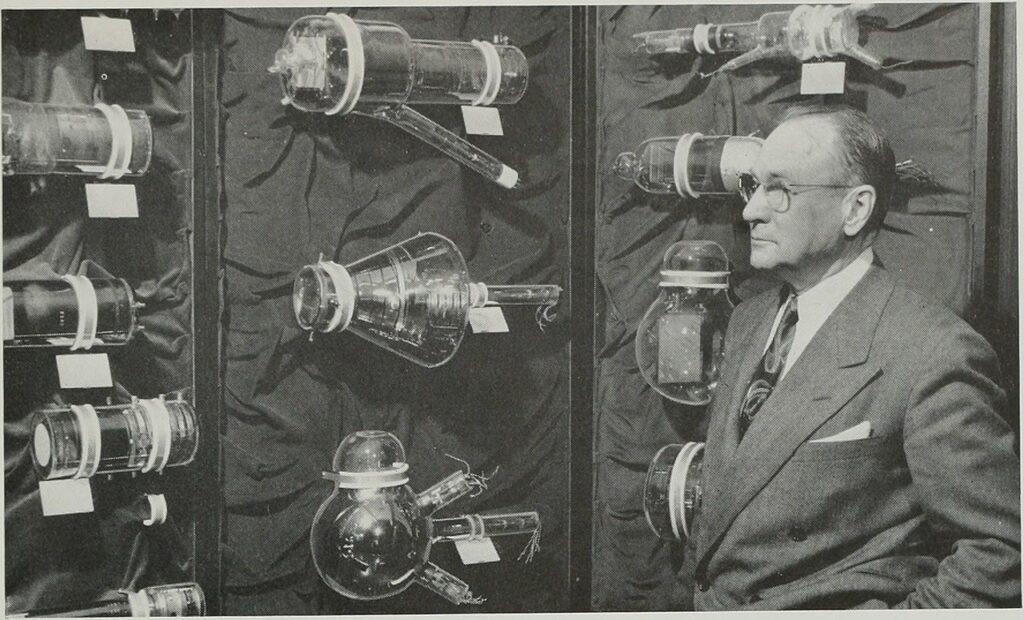
The World’s First Real Television Demonstration – The First Mechanical Television
In 1927, in central London, Scottish engineer John Baird made the world’s first real television demonstration. John Logie Baird, also known as the “Father of Television”, founded the Baird Television Development Company with this invention. Then, in 1928, he made the first intercontinental television broadcast between London and New York. Baird’s invention was the first truly mechanical television.
Baird’s television showed a team of 50 scientists the first moving image, a 30-line image of a human face on television, by reflecting light instead of backlighting. Baird is also credited with the first demonstration of both color and stereoscopic television.
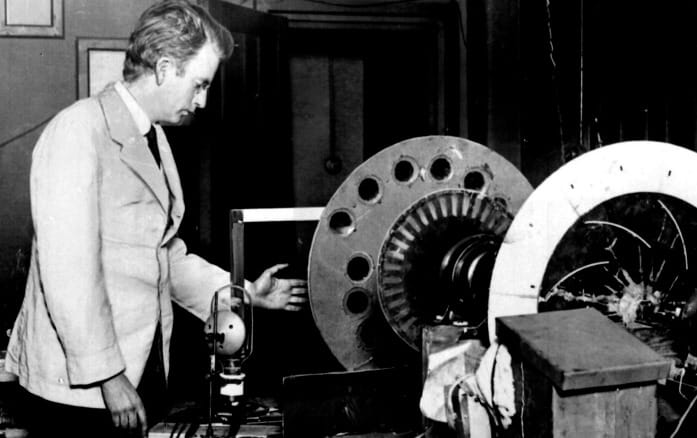
The Invention of Electronic Television
Electronic television was first successfully introduced in San Francisco on September 7, 1927. Philo Taylor Farnsworth, the designer of this system, had been working on the electronic television system since 1920. Electronic television uses electronic signals to produce images on a television; It is a visual medium that transmits images and sounds through radio waves, microwaves, or infrared rays.
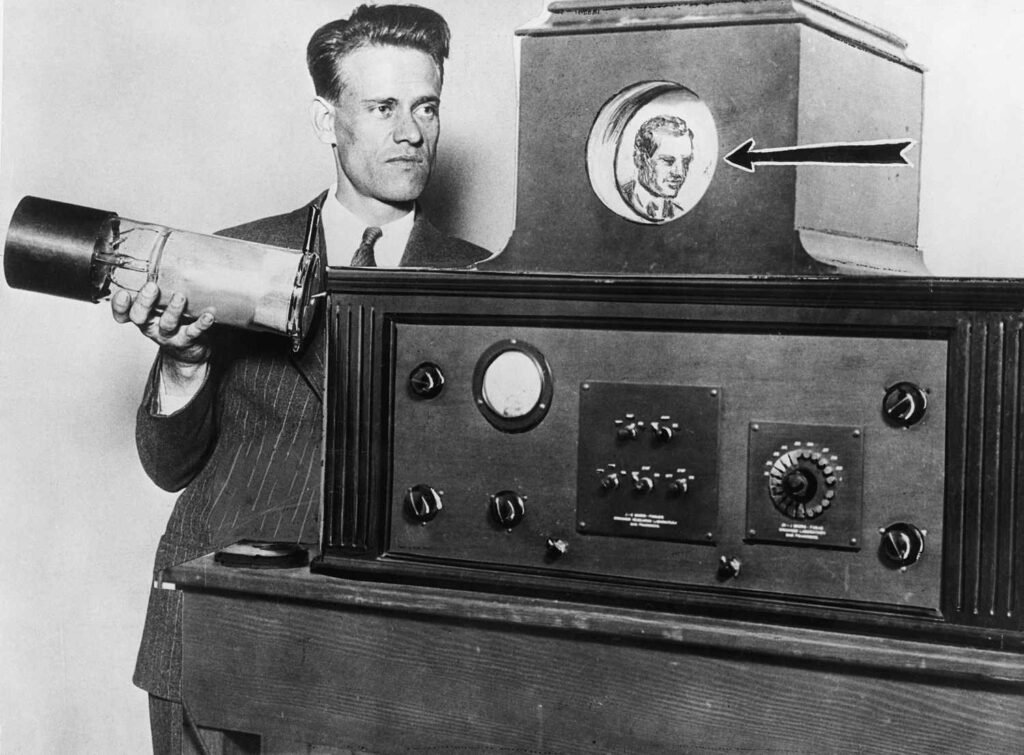
In 1929, Zworykin demonstrated his fully electronic television system at a meeting of radio engineers. Among the audience was David Sarnoff, an executive at Radio Corporation of America (RCA), then the nation’s largest communications company. Following this demonstration, Sarnoff hired Zworykin to develop electronic television systems.
The World’s First Regular TV Broadcast
Following the rapid development of the television world, BBC launched the world’s first regular TV broadcast in 1936.
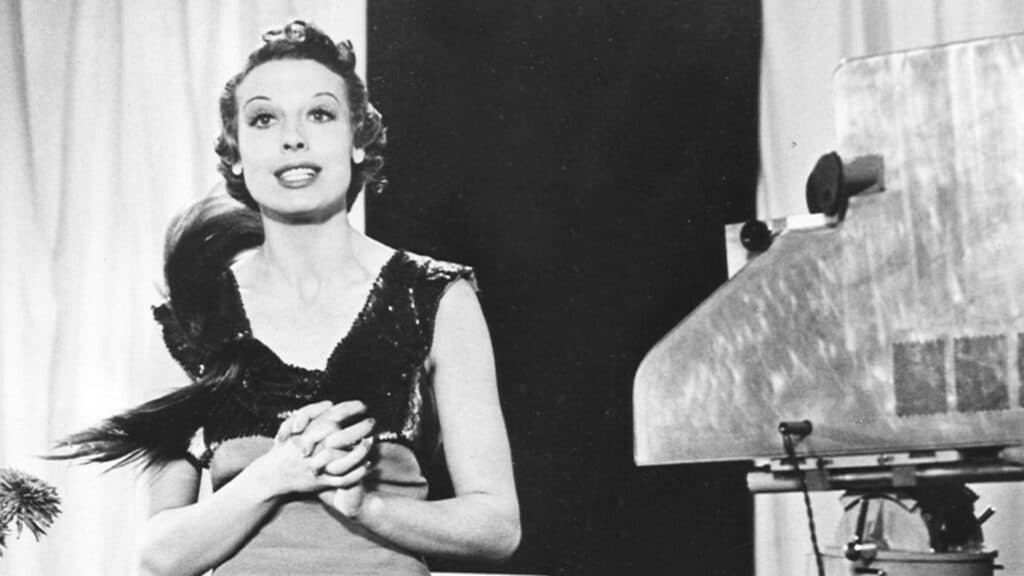
Although the BBC had launched the world’s first regular TV broadcast in 1936, Sarnoff used his company’s marketing might to introduce television to the American public in a big way at the 1939 World’s Fair in New York City. Under the umbrella of RCA’s broadcasting division, the National Broadcasting Company (NBC), Sarnoff broadcast the fair’s opening ceremonies, including a speech by U.S. President Roosevelt.
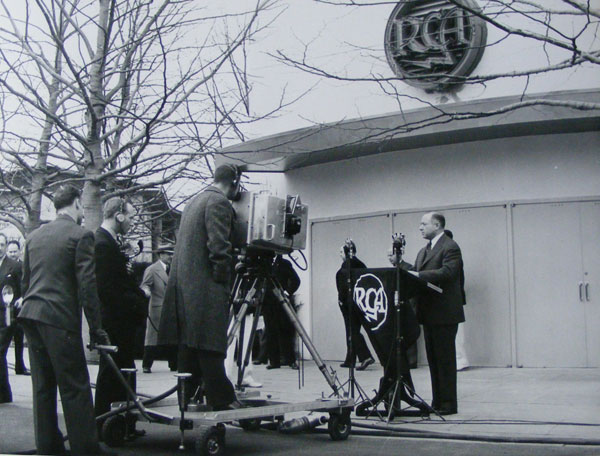
II. Television broadcasts, which were interrupted during World War II, resumed in 1946. The BBC launched the first regular color television broadcasts in Europe in 1967. It maintained its monopoly in the field of television until 1954. The BBC’s monopoly in radio came to an end in the early 1970s when the government allowed commercial broadcasting.
Production of the World’s First Commercial Television
In 1934, the world’s first electronic television based on CRT (Cathode Ray Tube) technology was produced by Telefunken in Germany. It was followed by producers in France and Britain in 1936, and by producers in America from 1938. When it was first produced, the cheapest model with a 12-inch (30 cm) screen was $445. (Equivalent to about $9,500 today)
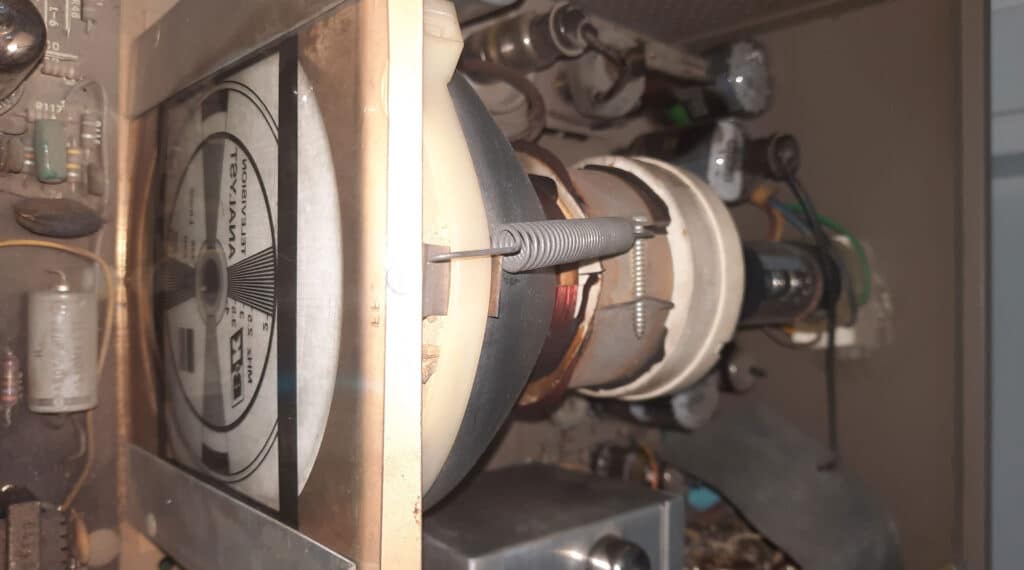
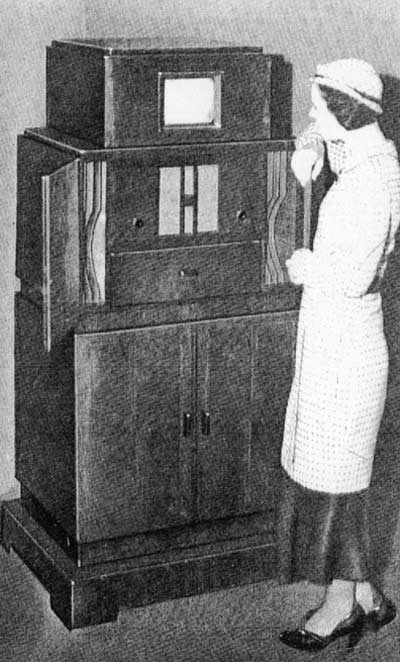
Production of the First Television Remote
The world’s first television remote control was called Tele Zoom, and it was not actually a remote control. Tele Zoom was used only to “zoom in” to the image on the television. It could not be used to change any channel or turn the TV on and off. Tele Zoom was introduced in 1948, but the first truly remote control was manufactured by Zenith and released in 1950. This remote control, called The Zenith Lazy Bones, could turn the television on and off and change channels. Flashmatic, made by Eugene Polley in 1955, was the first wireless remote control.
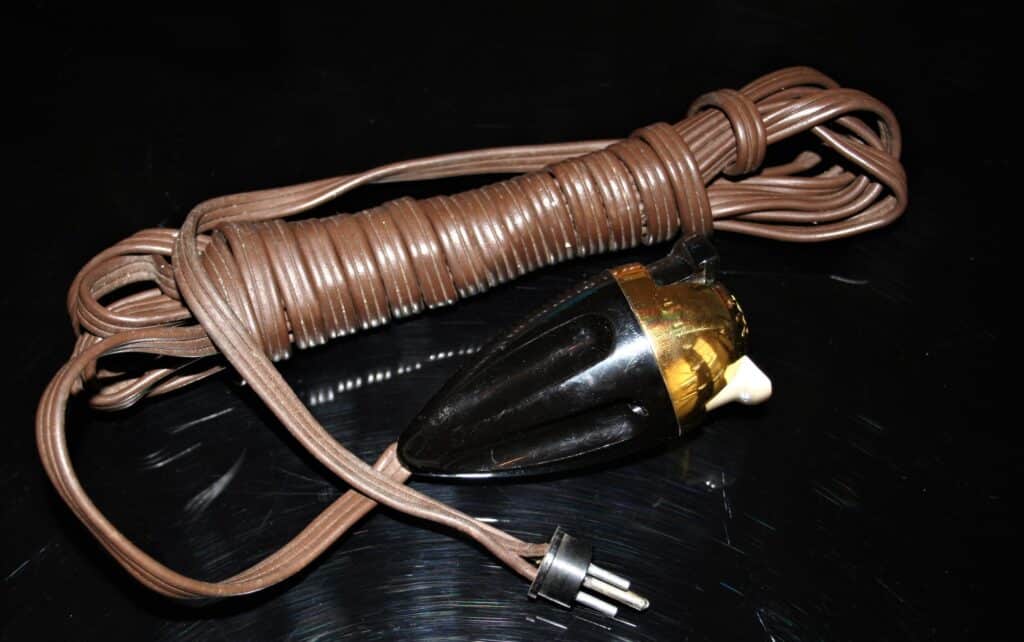
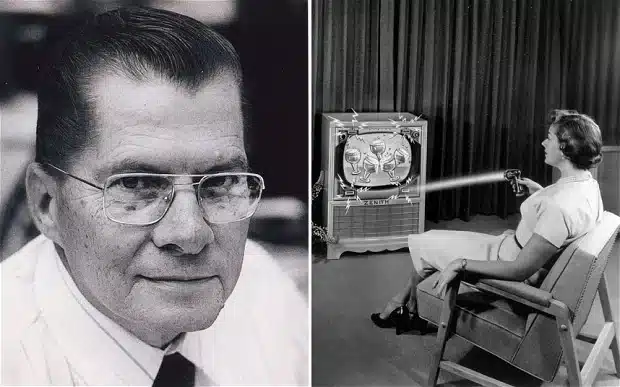
Development Process of Television
Although there were many developments in television and imaging technologies until 1988, the real development was in broadcasting. The process of black and white broadcasts, the process of replacing radio, color broadcasts, and the transition to the first 24-hour broadcasts made television an indispensable part of our homes.
The year 1988 can now be considered a milestone for the change of all imaging technologies, especially television. Because it meant that the tube television model that first came to mind when talking about a television or monitor was a thing of the past. That meant the birth of LCD TVs.
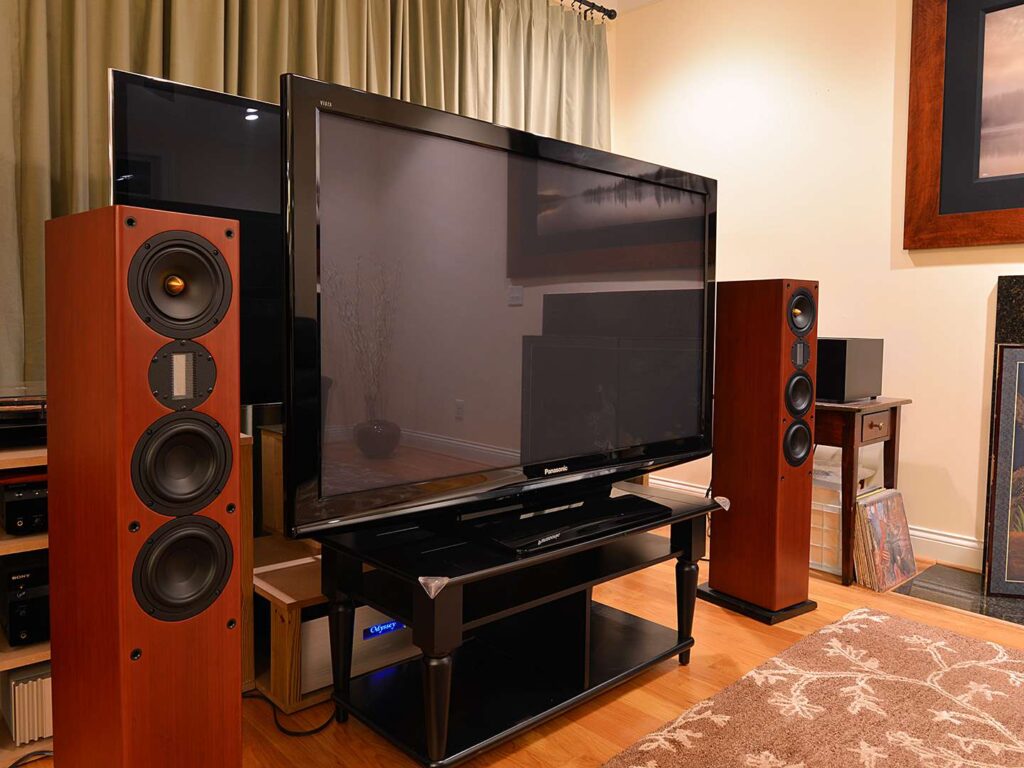
Since the early 2000s, CRT TVs began to be replaced by LCD and Plasma TVs. In 2007, LCD, Plasma and LED TVs began to surpass CRT TVs in market share for the first time. While LCD TVs became more modern with their thin and stylish structures, they also marked the beginning of a new era with the higher resolution images they offered. With the development of LED lighting technology, the transition to LED TVs first produced by Sony began in 2004. With the transition from Cold Cathode Fluorescent Lamp lighting system, called CCFL, to Light Emitting Diode technology, the way has been opened for advanced lighting technologies such as Edge LED, Bottom Led, Direct LED, Miniled, Full Array Local Dimming (FALD), which are frequently used today.

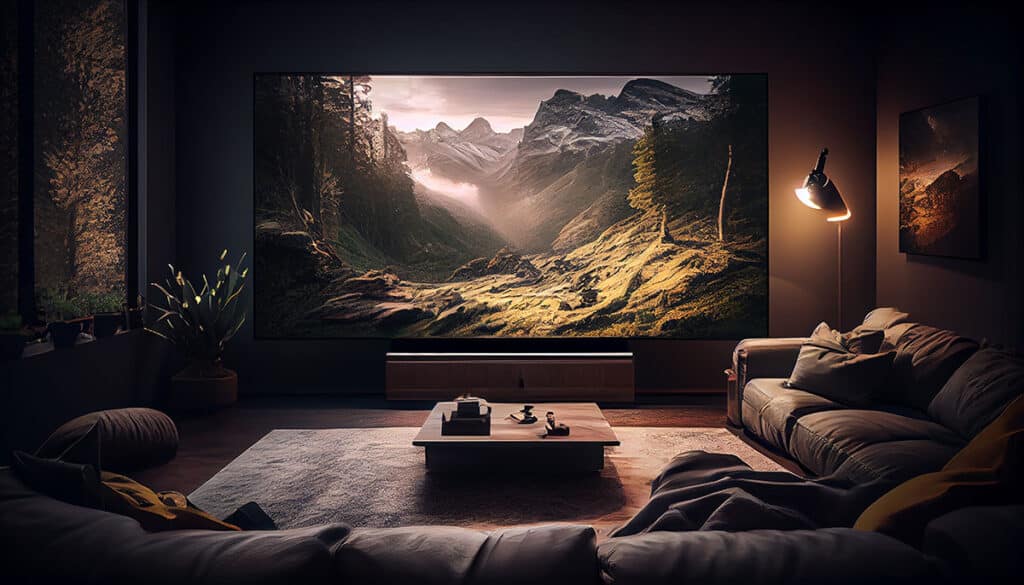
The first question in the title of our article is “Who invented television?” Going back to the question, we do not believe that there is a clear answer to this question. Because the number of people who contributed to the invention of this box, which has undergone an incredible evolution since its first voyage, is quite high. It has gone through various stages that support each other, and as a result of all these contributions, it has become what we use today. See you in another technology adventure!
Who invented television?
We do not believe that there is a clear answer to this question. But in 1927, in central London, Scottish engineer John Baird made the world’s first real television demonstration.
What Inventions Is The Invention Of Television Based On?
In fact, the invention of television is too detailed to be attributed to a single person. Samuel FB Morse, who developed the telegraph by converting messages into “beep” sounds with wires in the 1830s and 1840s, and Graham Bell, who developed the telephone to transmit sounds to long distances via cables, are among the names that contributed to the invention of television. In addition, many technologies such as CRT (Cathode Ray Tube) also contributed to the invention of television.
Who Made the World’s First Regular TV Broadcast?
Following the rapid development of the television world, BBC launched the world’s first regular TV broadcast in 1936.
Who Produced the World’s First Commercial Television?
In 1934, the world’s first electronic television based on CRT (Cathode Ray Tube) technology was produced by Telefunken in Germany.
Who Made the World’s First Real Television Show?
In 1927, in central London, Scottish engineer John Baird made the world’s first real television demonstration.
Who is the inventor known as the father of television?
John Logie Baird, who made the world’s first real television show, is known as the father of television
Source:
1) history.com
2) vedantu.com
3) wikipedia.org
4) bebusinessed.com

